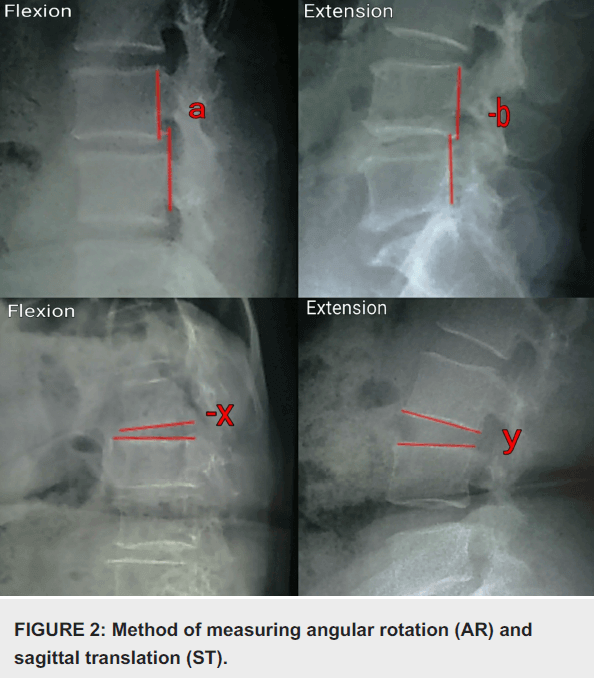Mnemonic: Remember 4 D common to all + 3 D for C-spine and 1 D for L-spine Diagnosis requires: Score >4 Denis column disruption: Anterior column destroyed or unable to function (2 points) Posterior column destroyed or unable to function (2 points) Deformity: Will have a maximum score of 4…
Tag: Nervous system

Paraplegia in Extension and Flexion
Paraplegia in extension and paraplegia in flexion occur only after the spinal shock has ceased. Paraplegia in extension indicates an increase in the extensor muscle tone owing to the overactivity of gamma efferent nerve fibers to muscle spindles as the result of the release of these neurons from the higher…
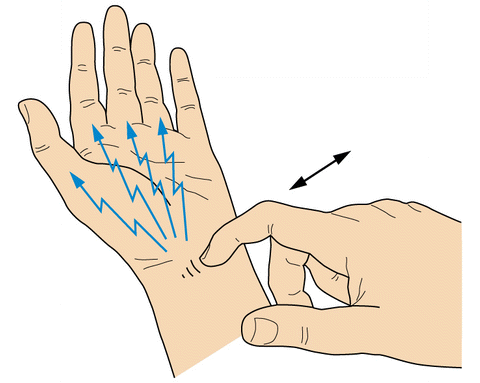
Tinel Sign
Synonyms: Hoffman-Tinel test, Tinel’s sign, Nerve percussion test Definition: “pins and needle feeling” elicited by tapping on a nerve proximally, with resulting paresthesia experienced in the corresponding distal cutaneous distribution of an injured peripheral nerve. Eliciting tinel sign: With gentle percussion by a finger or percussion hammer along the course of…
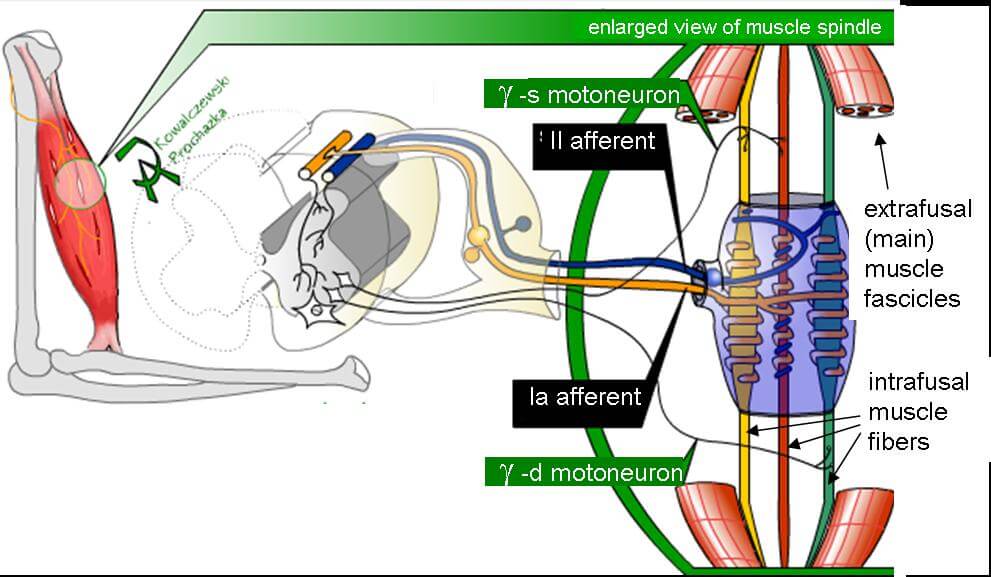
Nerve fibers – Classification
Nerve fibers can be classified as A, B and C and A type fibers can be further classified into alpha, beta, gamma and delta. The size and myelination (thus conduction) progressively decreases in the descending order. A alpha: Efferent (Somatic motor) – To extrafusal fibers (muscle spindle) Afferent (Proprioception): Ia…
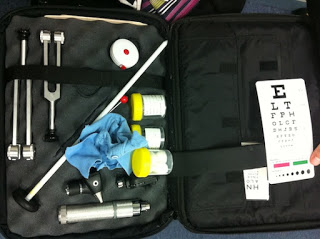
CNS examination long case: How to prepare
Central nervous system (CNS) examination is the most difficult thing to complete within a time limit during final exam and the dilemma is that, most of time the CNS is what is kept as a long case. Examiners love judging you on the basis of CNS case because: 1. CNS…
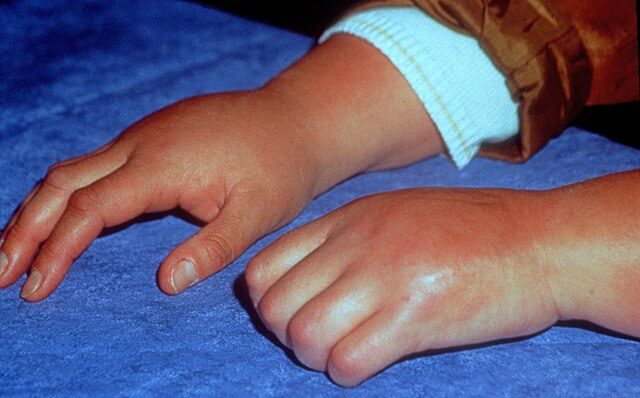
Complex Regional Pain Syndrome (CRPS)
Synonyms: CRPS, Sudeck’s atrophy, Reflex sympathetic dystrophy, RSD, Causalgia Chronic regional pain syndrome (CRPS) is a persistent neuropathic pain syndrome of an inappropriate intensity due to sustained sympathetic activity with the absence of impending or ongoing tissue damage. There are 2 types of CRPS: Type 1 (Sudeck’s atrophy or Reflex…
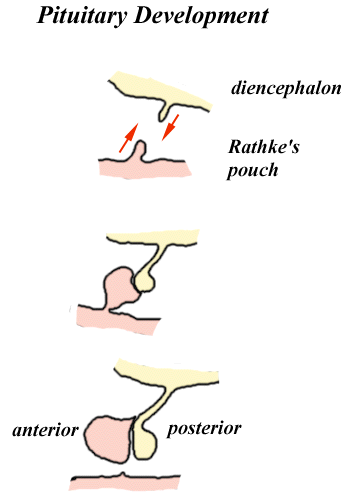
Development of Pituitary Gland
The pituitary gland (hypophysis cerebri) is derived from 2 sources. The anterior lobe is an upgrowth of ectoderm from the roof of the stomodeum (primitive buccal cavity), while the posterior lobe is a down growth of neuroectoderm from the diencephalon. 4th week: a diverticulum, Rathke’s pouch, grows upwards from the roof of the stomodeum towards the…
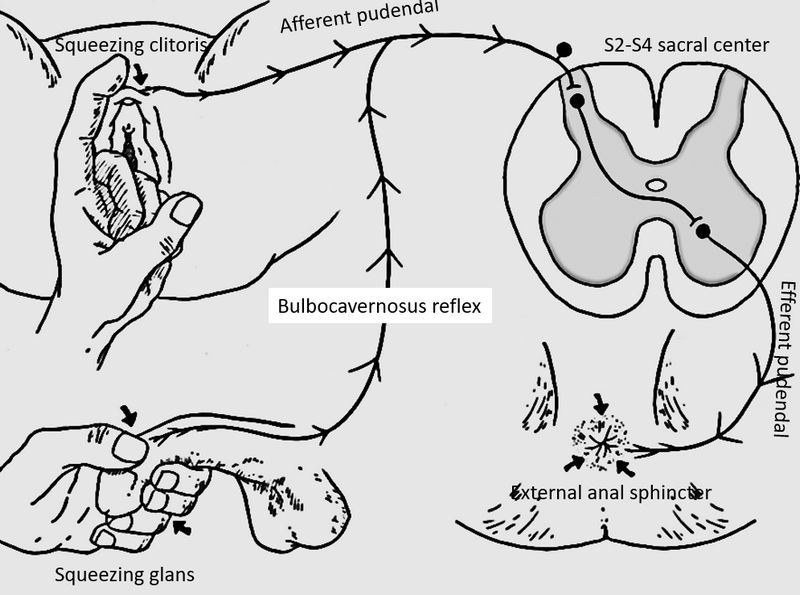
Bulbocavernosus Reflex (BCR)
Synonyms: Bulbospongiosus reflex (BSR), Osinski reflex Reflex arc: a. Stimulus: Briskly squeezing glans penis or clitoris or Tugging Foley’s catheter (pulling the balloon of foley’s catheter against the bladder neck) b. Afferent: Sensory fibers of pudendal nerve c. Reflex center: S2-S4 spinal segments (Polysynaptic) d. Efferent: Motor fibers of pudendal…
